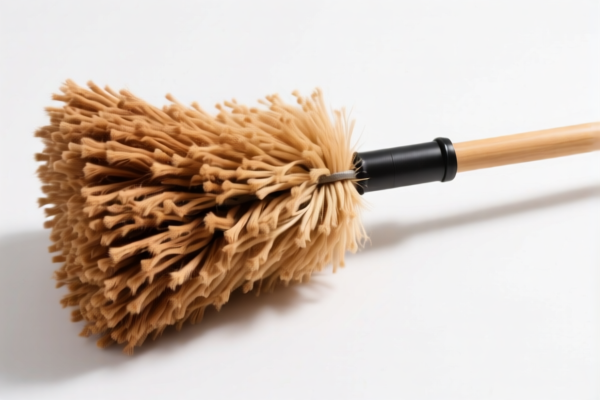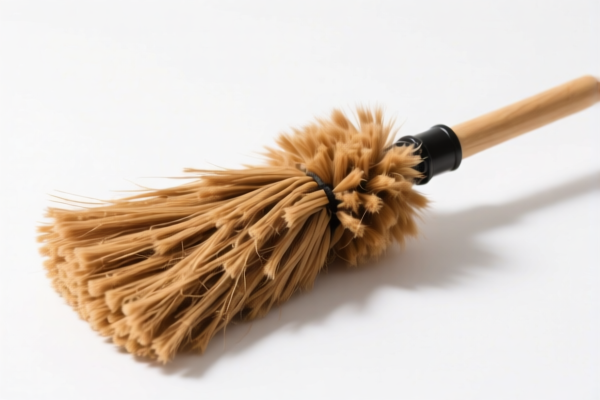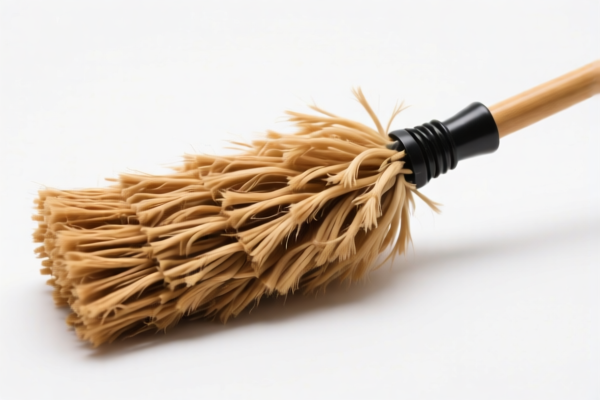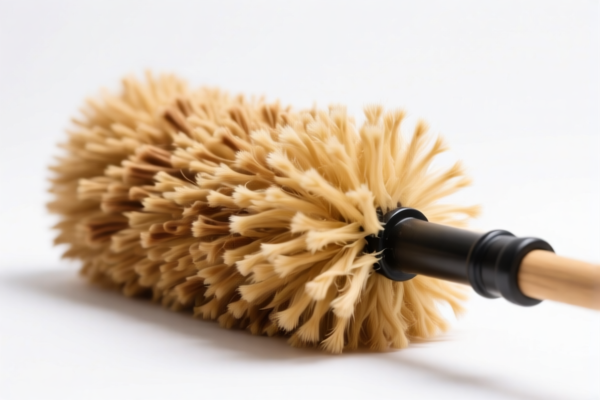| HS Code | Official Doc | Tariff Rate | Origin | Destination | Effective Date |
|---|---|---|---|---|---|
| 9603904000 | Doc | 37.5% | CN | US | 2025-05-12 |
| 9615906000 | Doc | 41.0% | CN | US | 2025-05-12 |
| 9615904000 | Doc | 35.3% | CN | US | 2025-05-12 |
| 6701003000 | Doc | 59.7% | CN | US | 2025-05-12 |
| 6701006000 | Doc | 59.7% | CN | US | 2025-05-12 |
| 6703003000 | Doc | 37.5% | CN | US | 2025-05-12 |
| 6703006000 | Doc | 37.5% | CN | US | 2025-05-12 |
| 3926904800 | Doc | 33.4% | CN | US | 2025-05-12 |
| 3926909989 | Doc | 42.8% | CN | US | 2025-05-12 |
| 3924104000 | Doc | 33.4% | CN | US | 2025-05-12 |
| 3924905650 | Doc | 40.9% | CN | US | 2025-05-12 |




Dust Duster
A dust duster is a cleaning tool primarily used to remove dust, cobwebs, and loose debris from surfaces. It avoids the need for wet cleaning methods and is often employed on delicate items or areas where liquids are undesirable.
Material
Dust dusters are constructed from a variety of materials, each offering different properties:
- Feathers: Traditionally, dust dusters were made from ostrich or turkey feathers. These are lightweight and naturally attract dust due to static electricity. However, they require careful cleaning and are less durable.
- Lambswool: A common material, lambswool dusters are soft, effective at trapping dust, and relatively durable. They are good for furniture and delicate surfaces.
- Microfiber: Synthetic microfiber dust dusters are highly effective at capturing dust and dirt due to their dense fibers. They are washable and reusable, making them a practical choice.
- Plastic/PVC: These dusters often feature flexible, branched strands that can reach into tight spaces. They are typically used for electronics and intricate objects.
Purpose
The primary purpose of a dust duster is to:
- Remove dust from surfaces without scratching them.
- Clean delicate items that cannot be easily washed.
- Reach high or difficult-to-access areas.
- Prepare surfaces for further cleaning or polishing.
Function
Dust dusters function through a combination of:
- Static Electricity: Many materials, like feathers and microfiber, naturally generate static electricity, which attracts dust particles.
- Physical Trapping: The soft fibers of the duster physically trap dust and debris.
- Flexible Reach: The shape and length of the duster allow access to hard-to-reach areas.
Usage Scenarios
Dust dusters are commonly used in the following scenarios:
- Furniture: Cleaning wood furniture, upholstery, and decorative items.
- Electronics: Removing dust from computer keyboards, monitors, and other electronic devices.
- Home Decor: Cleaning lampshades, picture frames, and collectibles.
- Ceilings & Walls: Removing cobwebs and dust from ceilings, corners, and walls (often using dusters with extendable handles).
- Vehicles: Light dusting of car interiors and dashboards.
Common Types
- Handheld Dust Dusters: Small, typically feather or lambswool dusters for general use.
- Extendable Dust Dusters: Feature telescoping handles for reaching high areas.
- Long-Handled Dust Dusters: Similar to extendable, but with a fixed-length, longer handle.
- Microfiber Dusting Wands: Often used with a telescoping handle, ideal for electronics and tight spaces.
- Electrostatic Dusting Cloths: Reusable cloths designed to attract dust with static electricity.
- Vacuum Brush Attachments: Dusting brushes designed to be used with vacuum cleaners for more powerful dust removal.
Dust duster can be classified under several HS codes based on its material and specific characteristics, as detailed below:
- 9603904000: This HS code covers brooms, brushes (including those constituting parts of machines, appliances or vehicles), hand-operated mechanical floor sweepers (not motorized), mops, and feather dusters. It specifically includes feather dusters. The total tax rate is 37.5%, comprised of a 0.0% base tariff, a 7.5% additional tariff, and a 30.0% additional tariff effective after April 2, 2025.
- 6701003000: If the dust duster is made of articles of feathers or down, it falls under this HS code. The total tax rate is 59.7%, consisting of a 4.7% base tariff and a 25.0% additional tariff, increasing to 30.0% after April 2, 2025.
- 6701006000: This HS code applies to other skins and other parts of birds with their feathers or down, feathers, parts of feathers, and down. The total tax rate is 59.7%, with a 4.7% base tariff and a 25.0% additional tariff, which will increase to 30.0% after April 2, 2025.
Regarding HS codes 6701003000 and 6701006000, please note the need to verify the material composition (feathers or down) and may require relevant certification depending on the origin and specific regulations.
Customer Reviews
No reviews yet.